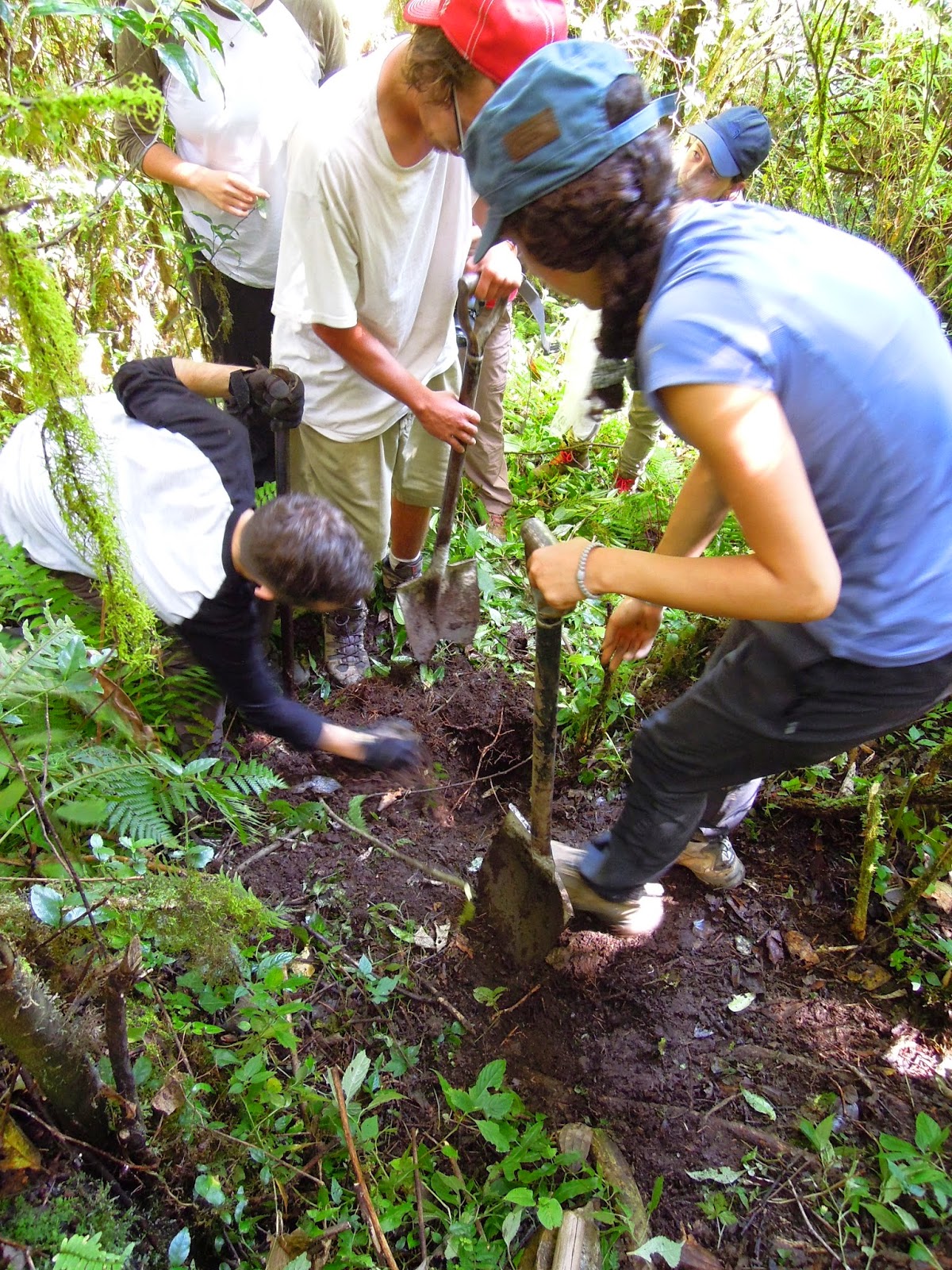From what I fund on internet, the avalanche seem to have strucked the Thorong La pass located on the well-traveled Annapurna Circuit. This part of the hiking trail is located north of Ghandruk.
 |
| Annapurna Circuit map w/ avalanche & Ghandruk locations |
The only repercussions that have effected us here in Ghandruk were 32h of non-stop tropical rain causing power cuts and an important mud slide on a section of the off-road trail leading to Ghandruk.
What I do find interesting is the fact that barely no one talks about the deaths and important damages India and Japan suffered following both the Typhoon Vongfong and Cyclone Hudhud. These are at the source of the sudden change in weather and heavy precipitations responsible for the avalanche observe in Nepal.
abc NEWS reported that the powerful cyclone that slammed into India's eastern seaboard left at least eight dead in its wake.
In another storm lashing Asia, Typhoon Vongfong was downgraded to
tropical storm as it hit the Japanese island of Kyushu after battering
the southern island of Okinawa. At least 37 people were injured, and
authorities advised 150,000 people to evacuate.
In India, Cyclone Hudhud is responsable for a total death toll of eight, five in Andra Pradesh state and three in
Orissa state, mostly caused by wall collapses and falling trees, Indian
officials said.
At least 400,000 people were evacuated from the coastal areas of Andhra
Pradesh and Orissa states ahead of the storm, and hundreds of shelters
were set up to house them. Visakhapatnam, one of the largest cities in
southern India and a major naval base, was bearing the brunt of the
cyclone's fury.





.JPG)




.JPG)







.JPG)

.JPG)
.JPG)
.JPG)





.JPG)


.JPG)
.JPG)



















.JPG)
